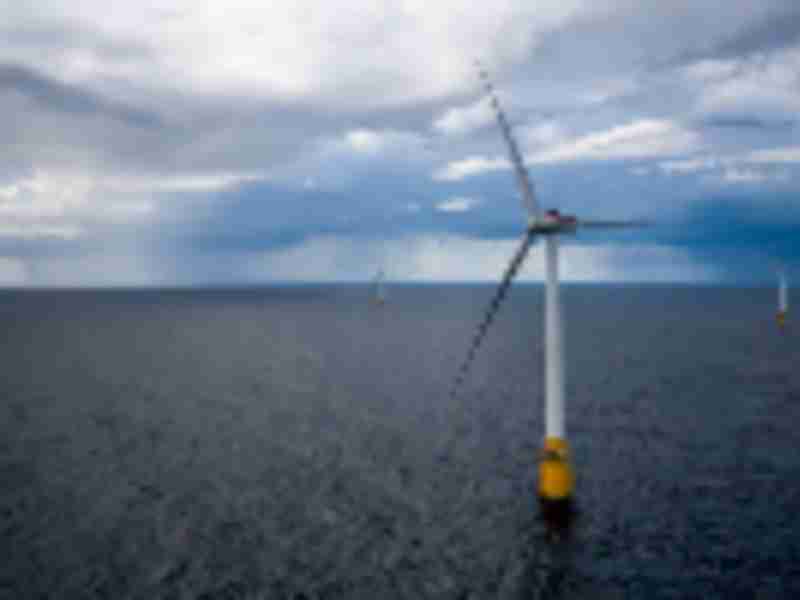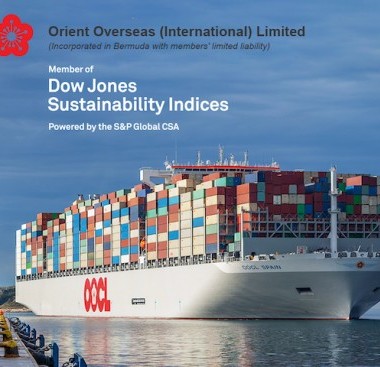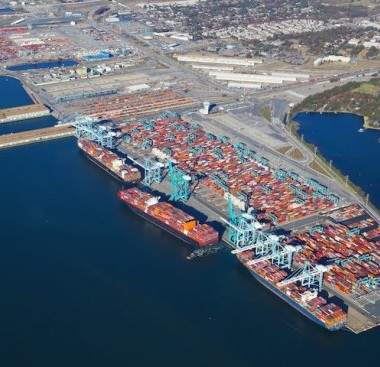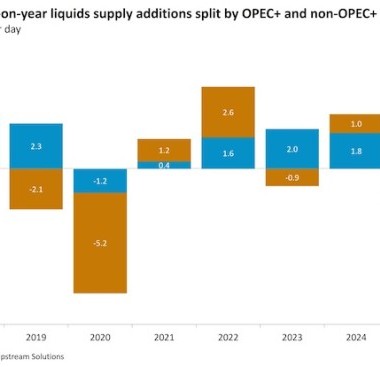Energy
Energy industry news - solar, wind, hydroelectric, natural gas, petroleum.

Permian gas output will rise, but flaring could increase from 2023 if Covid-19 delays new pipelines
| July 28, 2020 | Energy
Gas output from the Permian Basin is expected to rebound relatively quickly in the second half of 2020 and will remain robust for years to come, Rystad Energy projects.

Early 2020 drop in crude oil prices led to write-downs of U.S. oil producers assets
| July 27, 2020 | Energy | Conventional | By The Numbers
According to publicly filed financial statements, 40 U.S. oil producers collectively wrote down $48 billion worth of assets in the first quarter of 2020, the largest quarterly adjustment since at least 2015.
Rystad Energy’s daily market comment from our Head of Oil Markets Bjornar Tonhaugen
| July 27, 2020 | Energy | Conventional

EIA now estimates biodiesel production and consumption by state
| July 24, 2020 | Energy | Alternative
The U.S. Energy Information Administration (EIA) recently released new biodiesel estimates in the State Energy Data System (SEDS), EIA’s comprehensive source for annual state energy statistics.
Rystad Energy’s daily market comment from our Head of Oil Markets Bjornar Tonhaugen
| July 24, 2020 | Energy | Conventional | By The Numbers
Benninghoff applauds enactment of Local Resource Manufacturing Tax Credit Bill
| July 23, 2020 | Energy

Defense Logistics Agency Energy awards strategic bulk fuel storage contract to Crowley
| July 23, 2020 | Energy
Crowley Solutions’ government services group, a leading provider of energy, maritime, technology and supply chain services for the U.S. government, announced today that it has been awarded a multi-year contract from the Defense Logistics Agency Energy.


California offshore wind farm auction could begin in 2021 creating economic development for ports
Saudis gained nothing in first month after ending oil-price war
| July 23, 2020 | Energy | International Trade

Solar surge is making coal plants unprofitable in top exporter
| July 23, 2020 | Energy
Even the world’s top coal exporter is struggling to make money from burning the fuel.

Hydrocarbon gas liquids spot prices are generally bound by crude oil and natural gas
| July 22, 2020 | Energy | Alternative | By The Numbers
Source: U.S. Energy Information Administration, based on Bloomberg, L.P. The combination of rapidly declining crude oil prices in March 2020 and relatively flat (and historically low) natural gas prices compressed hydrocarbon gas liquids (HGL) spot prices into a narrow price band from mid-March through the end of April 2020. This relatively narrow band has since widened as crude oil prices have increased and natural gas prices have remained low. Generally, HGL prices are based on their heat content and are bracketed by the prices of natural gas (the lower bound) and crude oil (the upper bound). The heat content of a fuel reflects the amount of heat energy released by the combustion of a physical measure of energy, such as a barrel or cubic foot. The U.S. Energy Information Administration’s (EIA) Monthly Energy Review provides information on the heat content of various fuels, including all HGLs. For example, ethane, the lightest HGL, has an approximate heat content of 2.8 million British thermal units (Btu) per barrel. Ethane generally costs about as much as natural gas on a heat-content equivalent basis. Ethane has two carbon atoms, which is one more carbon atom than methane—the primary constituent of natural gas. The supply of ethane has grown more rapidly than the petrochemical industry's ability to consume it as a feedstock. The remaining supply is left in the natural gas stream (a process referred to as ethane rejection), which tends to slightly increase the heat content of a cubic foot of natural gas. Propane, the second-lightest HGL, which has three carbon atoms, has trended closer to other petroleum products because it can easily be substituted for other fuels for such uses as space heating, transportation, or petrochemical feedstock. A surplus of U.S. propane and high transportation costs to reach export markets have discounted U.S. propane compared with other petroleum products and international propane markets. Heavier HGLs typically are priced closer to crude oil. Normal butane and isobutane are widely used in motor gasoline blending in the winter and to produce high-octane gasoline blending components. Natural gasoline, the heaviest HGL, has at least five carbon atoms and can be blended into motor gasoline throughout the year or blended with ethanol as a denaturant (which makes the ethanol unfit for human consumption). Because natural gasoline is a liquid at ambient temperature and pressure, it can more easily be shipped overseas. Natural gasoline is often priced close to crude oil on a heat content basis. Principal contributors: Joshua Eiermann, Warren Wilczewski
Rystad Energy’s daily market comment from our Head of Oil Markets Bjornar Tonhaugen
| July 22, 2020 | Energy | Conventional | By The Numbers

More than 60% of energy used for electricity generation is lost in conversion
| July 21, 2020 | Energy | Conventional | By The Numbers
In 2019, U.S. utility-scale generation facilities consumed 38 quadrillion British thermal units (quads) of energy to provide 14 quads of electricity. Most of the difference between these values was lost as an inherent result of the energy conversion process.
Rystad Energy’s daily market comment from our Head of Oil Markets Bjornar Tonhaugen
| July 21, 2020 | Energy | Conventional

EIA forecasts U.S. petroleum demand will remain below 2019 levels for several more months
| July 20, 2020 | Energy | Conventional
Consumption of U.S. liquid fuels fell in March and April 2020 as a result of reduced travel related to COVID-19 and its mitigation measures. The U.S. Energy Information Administration’s (EIA) July Short-Term Energy Outlook (STEO) forecasts that U.S. consumption of total petroleum and other liquid fuels will continue increasing in the second half of 2020 as economic activity increases, but levels will remain lower than the 2019 average until August 2021.
Lonely oil tankers signal ongoing drop in Asia-Europe fuel trade
| July 20, 2020 | Energy | Conventional
Rystad Energy’s daily market comment from our Head of Oil Markets Bjornar Tonhaugen
| July 20, 2020 | Energy | Conventional

U.S. uranium production fell to an all-time annual low in 2019
| July 17, 2020 | Energy | Alternative | By The Numbers
The United States produced 174,000 pounds of uranium concentrate (U3O8) in 2019, 89% less than in 2018 and the lowest amount produced since the U.S. Energy Information Administration’s (EIA) data series began in 1949. Domestic U3O8 production has declined since its peak of 43.7 million pounds in 1980.
Rystad Energy’s daily market comment from Oil Markets Analyst Louise Dickson
| July 17, 2020 | Energy | Conventional

Canada’s oil production drops to its lowest level since 2016 wildfires
| July 16, 2020 | Energy
Canada was the world’s fourth-largest producer of petroleum and other liquids in 2019, but in the first half of 2020, Canada’s production declined 20% from its 2019 average of 5.5 million barrels per day (b/d). Canada’s production of petroleum and other liquids declined as a result of low global crude oil prices, reduced demand for crude oil for refined petroleum products in Canada and the United States, and continued production curtailments imposed by the government of Alberta—the province where more than 80% of Canada’s 2019 crude oil production was located.
© Copyright 1999–2024 American Journal of Transportation. All Rights Reserved






